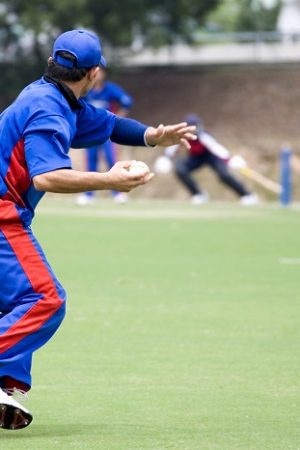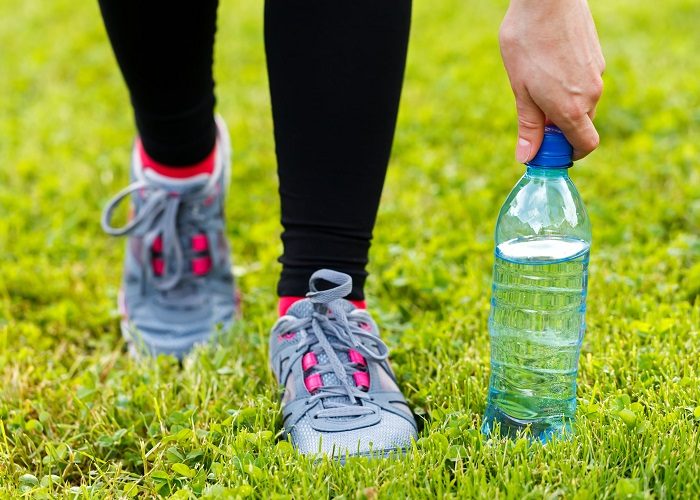Cricket players are most prone to dehydration as they perform in hot and humid outdoor environment, therefore, they should consume adequate fluids to prevent cardiovascular dynamics and to maintain sweat rates.
The reason for sweating could be attributed to many factors such as higher ambient temperature, higher humidity, clothing which are used as guards (knee pad, elbow pad, helmet) also traps the sweat and doesn’t allow the skin to breathe.
Due to sweat production the plasma osmolarity increases which affects the body cooling capacity as well this high osmolarity stimulate the kidneys to excrete concentrated urine (more sodium and less water). This in turn increases the sensation of thirst due to decreasing blood volume. However this thirst sensation is a very poor indicator because this sensation occurs when the player has already lost 1.5 to 2.0 liters of fluid. And if the player begins to consume fluid during this state, the player could not return to adequate hydration state at all leading to rise in body temperature therefore resulting in either heat stress risk or severe dehydration.
The common signs of heat stress are fatigue, vision problems, and inability to speak normally and if, a partner, or an opponent appears to have any heat related symptoms actions should be immediately. Therefore the goal is to maintain body fluids to a level that prevent any fluid deficit that reduces body weight to a level that measurably affects performance and heat stress risk. The players should adapt to a fluid and electrolyte strategy that can satisfactorily replace sweat losses.
To sustain hydration and prevent low blood electrolytes levels, sports beverages should be consumed which contain 6 to 8 % carbohydrates along with 150 t0 200 milligram of sodium per liter. Such beverage if sipped during a match (@ 250 ml after every 20 minutes) will ensure that appropriate hydration for a longer period of time.






